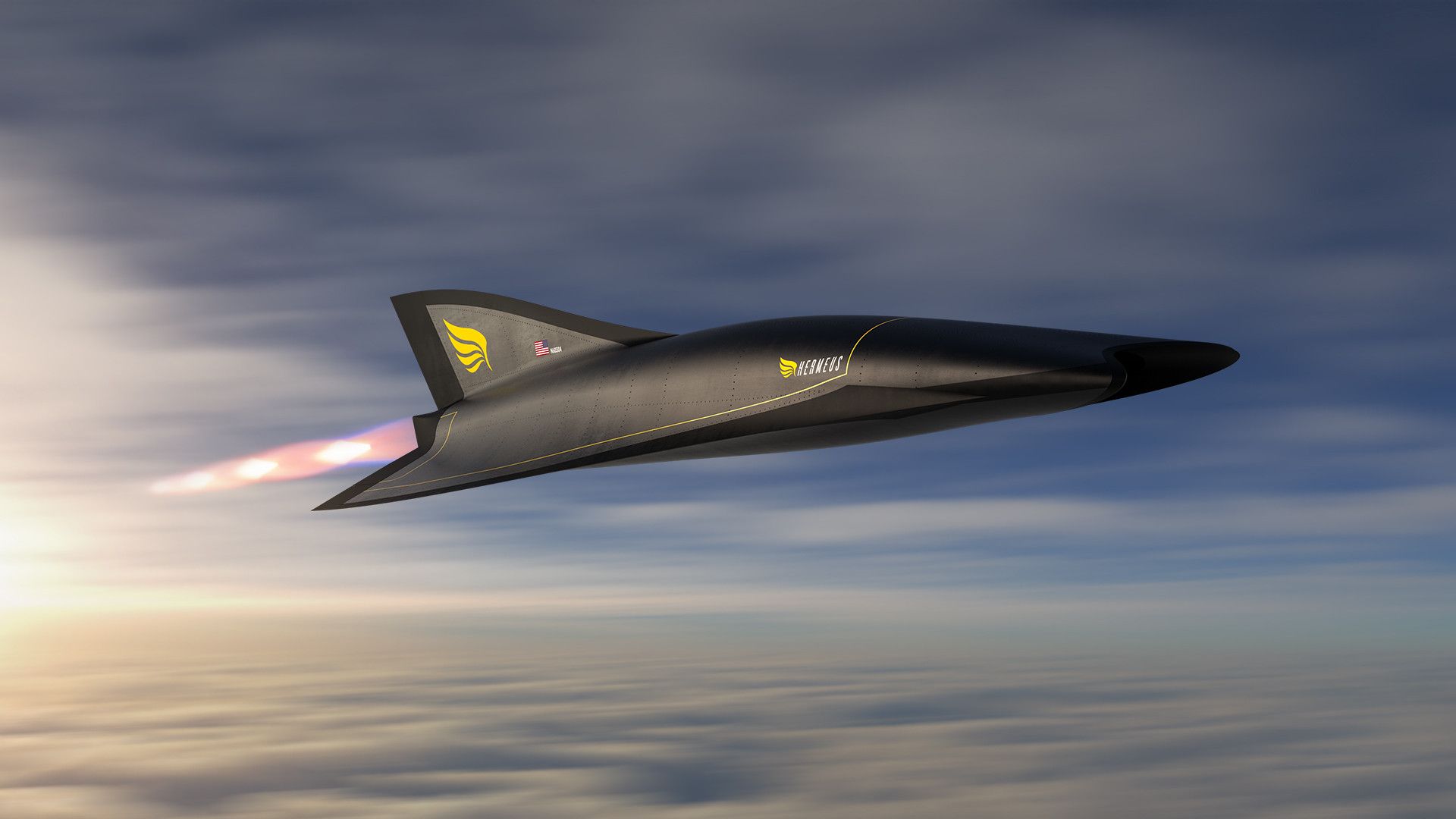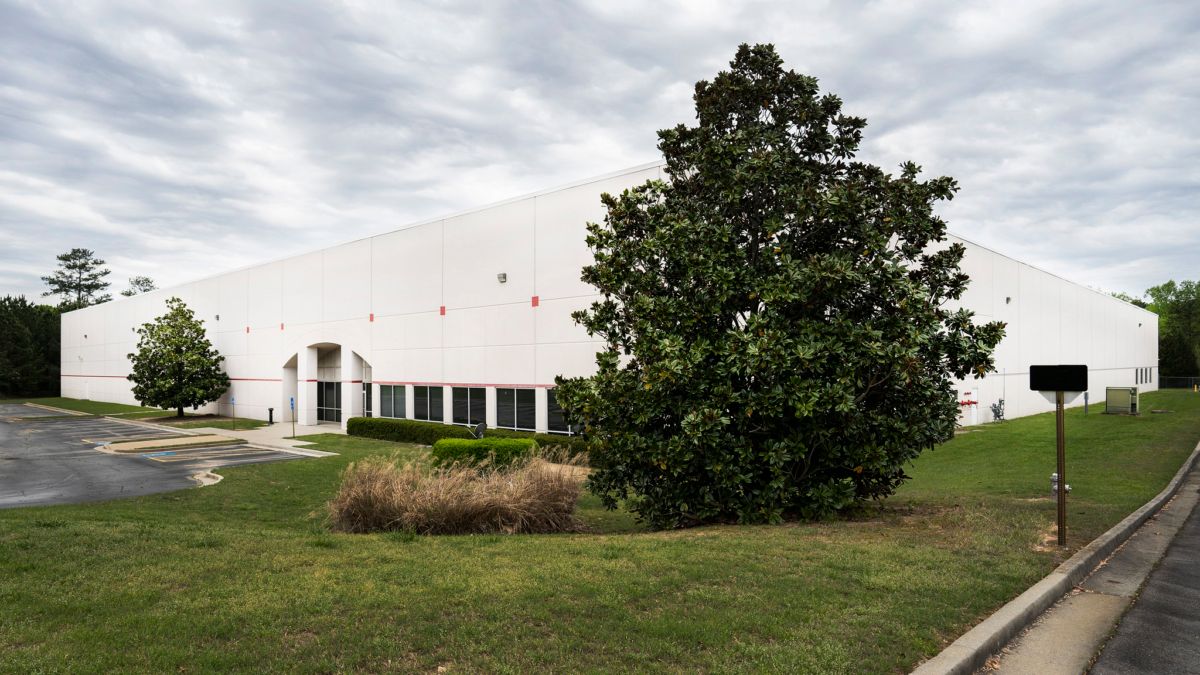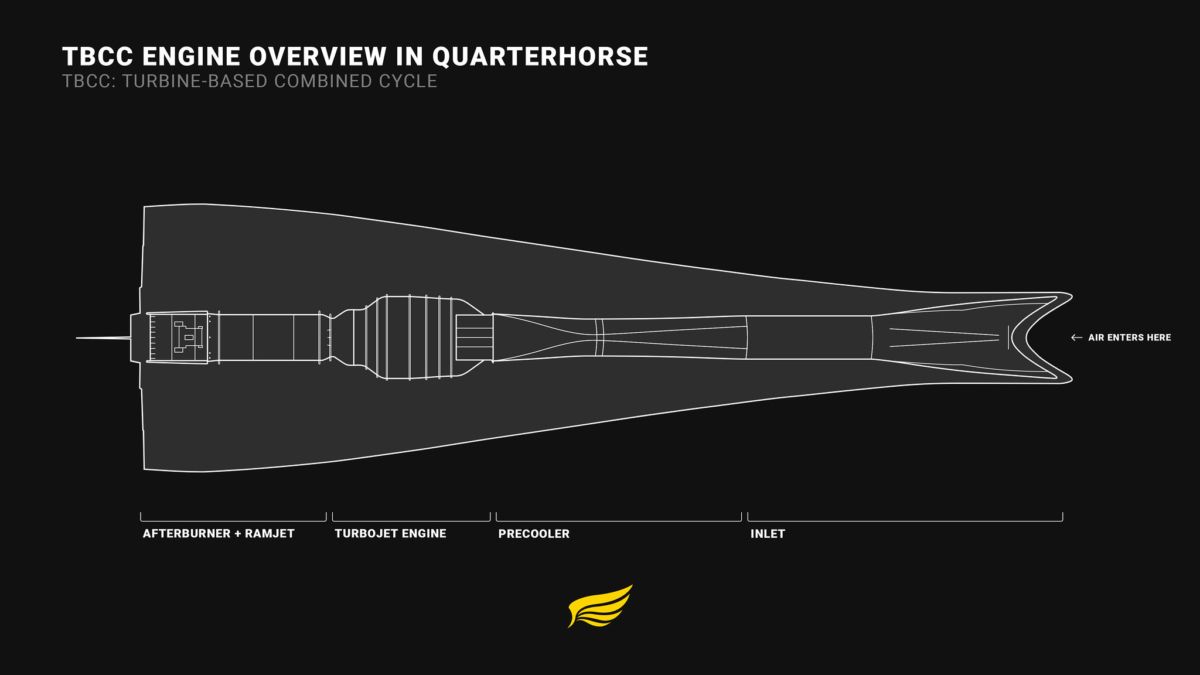Atlanta, Georgia-based startup Hermeus has received $60 million in funding from the United States Air Force (USAF) and several venture capital firms. The company wants to develop the world's first reusable hypersonic aircraft capable of flying at 3,000mph. Hypersonic flight refers to an area of flight where a vehicle travels at a speed of Mach 5 or higher, which is five times faster than the speed of sound.According to the aviation enthusiast website FlightGlobal, the investment has been made to help develop and test-fly an uncrewed hypersonic aircraft capable of flying from New York to Paris in 90 minutes. While the share of the money the USAF has invested was not disclosed, we do know that it is coming from the Air Force Life Cycle Management Center's Presidential and Executive Airlift Directorate and the Air Force Research Laboratory (AFRL).
The USAF is interested in the technology
While a $60 million investment in a project this grandiose may not seem much, it could help develop groundbreaking technology that can be used in other applications, which is why the USAF was keen to invest. When speaking about the investment with politics, business, and technology of defense website DefenseNews.com on August 5, 2021, the executive officer for presidential and executive airlift, General Jason Lindsey, said:
"Ultimately, we want to have options within the commercial aircraft marketplace for platforms that can be modified for enduring Air Force missions such as senior leader transport, as well as mobility, [intelligence, surveillance, and reconnaissance], and possibly other mission sets."
The contract awarded to Hermeus on July 30, 2021, is for three years and sets out several objectives that the USAF would like to see the firm accomplish.
- The building of three prototype aircraft
- Testing a reusable hypersonic propulsion system
- Data for the Air Force that it can use in future wargaming efforts
The prototype is called Quarterhorse
On Twitter, Hermeus chief operations officer Skyler Shuford said that the prototype aircraft "Quarterhorse" would be flown unmanned to eliminate risk. According to Hermeus, Quarterhorse will validate the company's proprietary turbine-based combined cycle (TBCC) engine. By the end of the flight test campaign, Quarterhorse will be the fastest reusable aircraft globally and the first of its kind to fly a TBCC engine that Hermeus is developing based around the GE J85 turbojet engine.
Last August, Simple Flying reported that Hermeus had already constructed and tested a subscale hypersonic engine prototype and was now working on developing a full-scale engine demonstrator. When speaking about the USAF investment in Hermeus Air Force Research Laboratory commander, Major General Heather Pringle said:
"When it comes to technology, we often hear the term 'game-changing, however hypersonic aircraft and propulsion systems are truly game-changing and will revolutionize how we travel, just as automobiles did in the last century. We are excited to be part of this effort and to help propel this important technology."
What is obvious about the USAF investment in the project is that besides how hypersonic flight will revolutionize commercial aviation, it will also have many military applications and is already being used to develop cruise missiles.
Stay informed: Sign up for our daily and weekly aviation news digests.
The X-15 flew at Mach 6
It seems kind of strange that it has taken us this long to master hypersonic flight, given that Air Force Major Robert White flew the X-15 research airplane at speeds over Mach 6 in 1961. The three big challenges facing Hermeus engineers are:
- Heat: Hypersonic flight creates a tremendous amount of heat that needs to be managed with lightweight shields and thermally protected instruments
- Maneuverability: At hypersonic speeds, maneuverability demands extensive calculation and development
- Communication: Basic operations, like communications, become challenging when traveling at hypersonic speeds
If Hermeus engineers can overcome these challenges, commercial hypersonic flights could become a reality.
What do you think of Hermeus and their project? Please tell us your thoughts in the comments.



